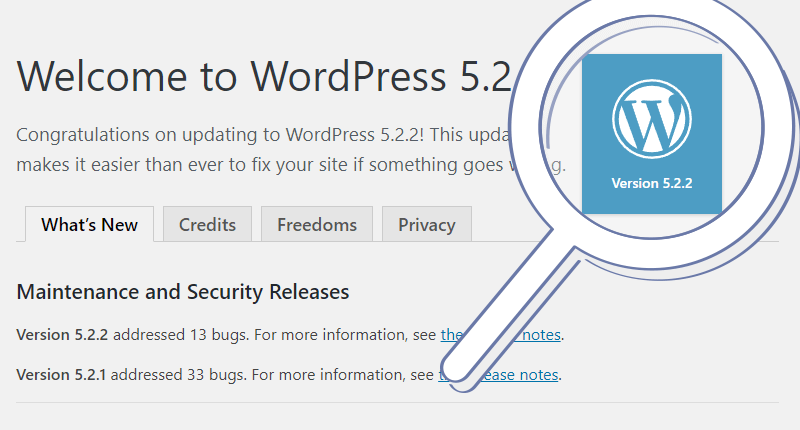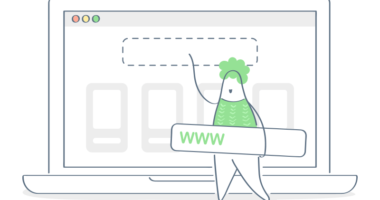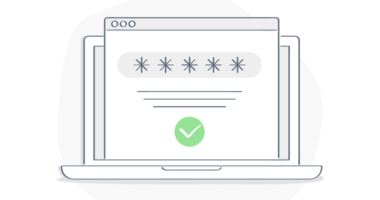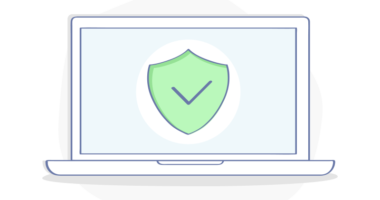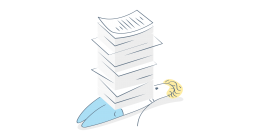Introduction
There are many ways to check and find what version of WordPress your site is running. We’ll walk you through the steps on how to find the WordPress version if you have the admin login credentials, by looking at the WordPress core files, and viewing the website’s page source.
Table of Contents
Keeping your WordPress core files up to date is very important to keep you safe from vulnerabilities. If you’re severely outdated and running an old version of WordPress, you’ll want to make sure you backup your site’s files and database before attempting to upgrade your WordPress to the latest version. You may have a theme or plugins that are no longer compatible with the newest version of WordPress and your site may not display properly or even display at all if that’s the case.
Check WordPress Dashboard
If you have login credentials to the WordPress dashboard, you can find the version after logging in. There are certain plugins that hide the version. If you do not see the version number then you’ll want to follow the next steps on how to check the version by looking at the WordPress core files.
Log into your WordPress dashboard and scroll down to the bottom of the page. To the right of Thank you for creating with WordPress., you will see Version X.X.X.

In the image above is a WordPress site using Version 4.9.4.
Check WordPress Includes
Another way to check the version of WordPress is by looking in the version.php, a core WordPress file. You will need access to the sites files by using File Manager or a FTP client.
Location of version.php
The location of the WordPress version.php is in the wp-includes folder. Here is an example of the file path you’ll want to look for:
public_html/wp-includes/version.php
If your website is hosted on a cPanel account, find the File Manager icon. Click the File Manager icon and a new browser tab will open. This tab loads your account’s File Manager where you can view all of your WordPress site’s files.
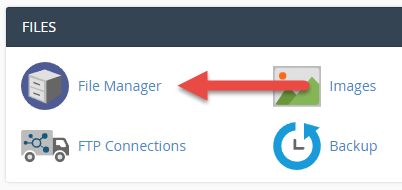
Double click the wp-includes folder.
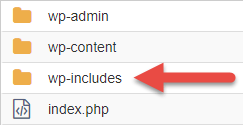
Scroll down until you see version.php file.
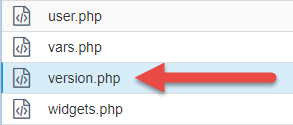
Now, you’re ready to open the version.php file and check the WordPress version.
Check WordPress version.php
Now that you’ve located the version.php file, you’ll want to save it to your computer (or device) or edit the file inside of File Manager. Inside of the version.php you will want to look for the global string $wp_version.
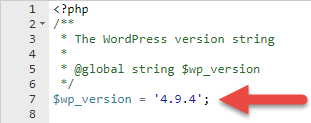
In the image above, the $wp_version is located on the 7th line. As you can see, it says the WordPress version if 4.9.4, matching what we saw in the WordPress dashboard in previous steps.
View Page Source
Often times developers or security conscious webmasters will hide the WordPress version from the WordPress admin dashboard and you may not have access to the WordPress files through File Manager or FTP. One last way to easily check the version is to view the page source.
Navigate to the site in your browser. After the site has loaded, right click and View page source.
CTRL + F to search the code. Search for content=”WordPress. It will highlight the line of code that looks like the image below:

About WordPress
Assuming this hasn’t been removed or hidden from the admin dashboard by the developer or webmaster, you can check the WordPress version by navigating to the about.php page.
In the upper left hand corner, hover over the WordPress logo and click the About WordPress link in the drop down menu.
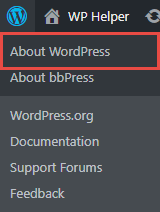
This will load the /wp-admin/about.php page and show you which version of WordPress your site is running.

If you’re logged into the site, you can type the URL directly into your browser’s address bar such as the following example – http://yourdomain.com/wp-admin/about.php. Replace yourdomain with your actual domain. Don’t forget to add https or www. if your site is secure or using the www. prefix.
We hope this article has helped you find the WordPress version of your website.
